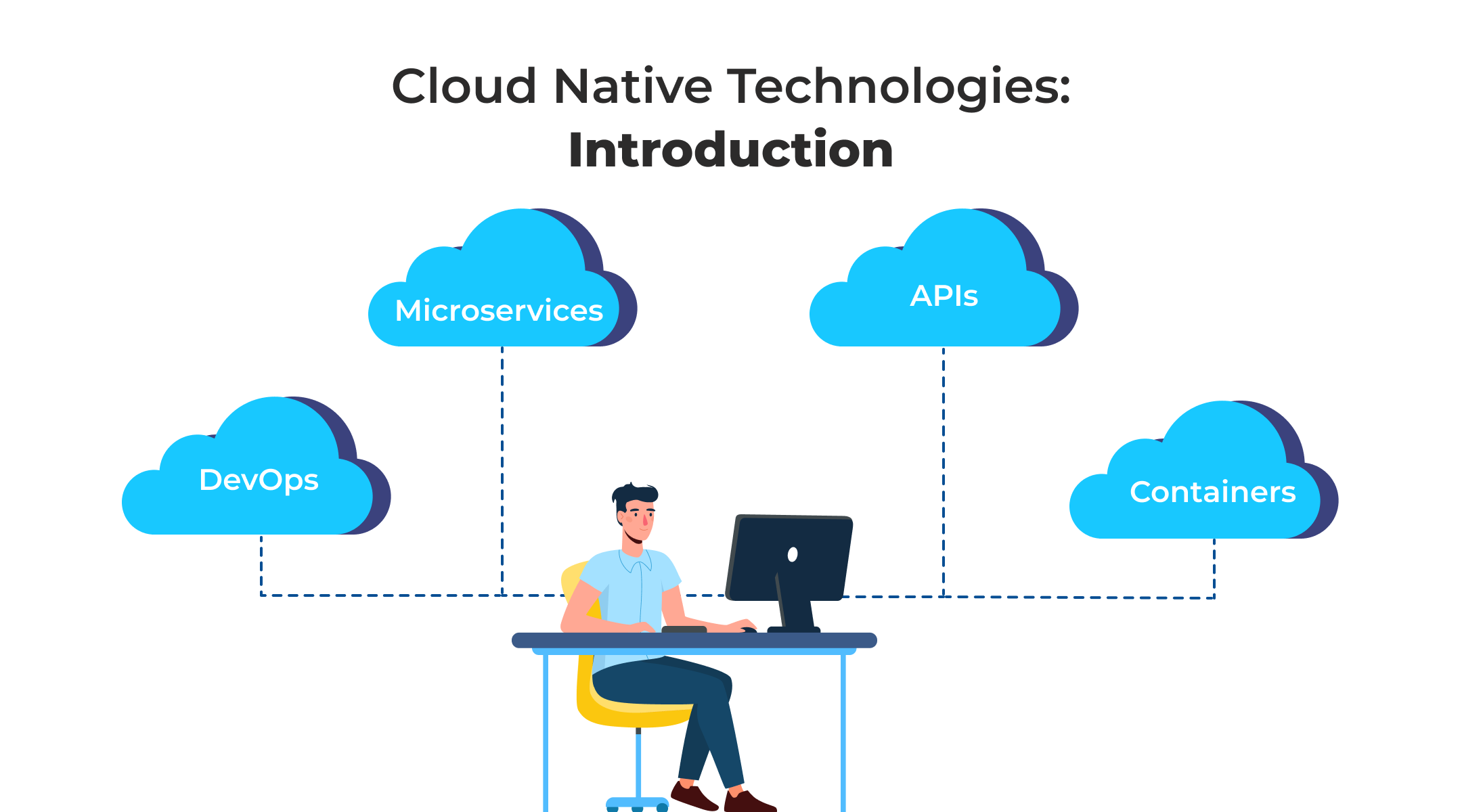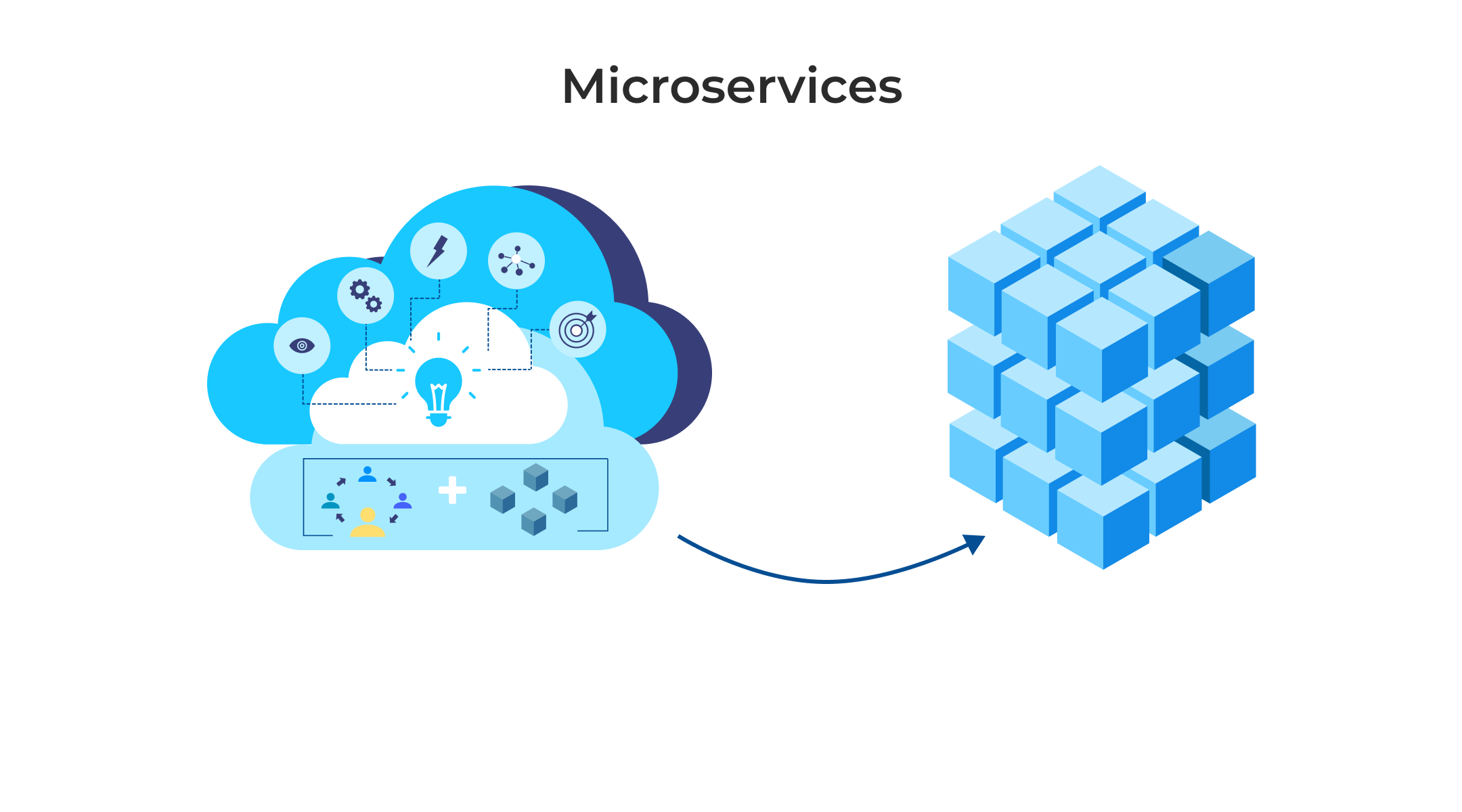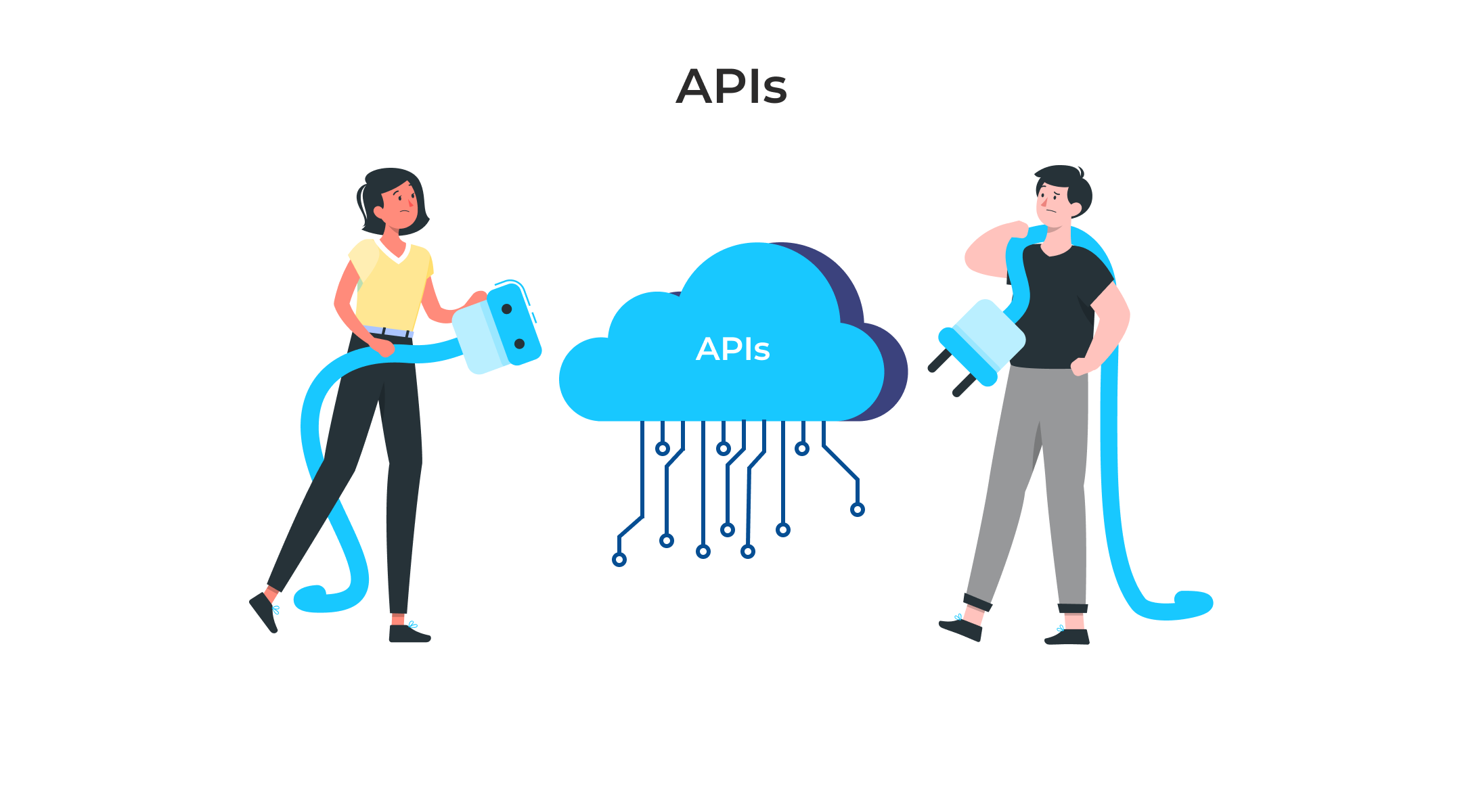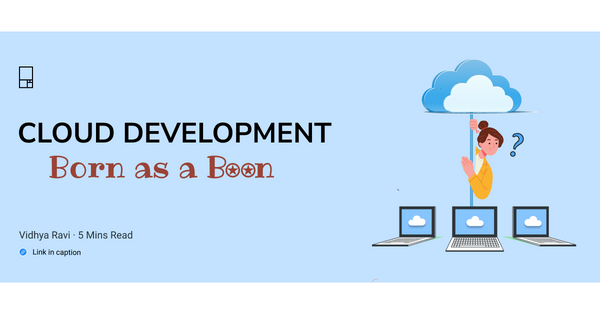Cloud Native Technologies for Advanced Mobile Applications
An architecture that is called cloud-native, comprises technologies that are designed, constructed, and operated with an approach that focuses on making the most of the cloud computing model. Yes, you have read it right. Cloud-native is a concept whose nucleus is speed and optimization.
“Cloud native applications are a collection of small, independent, and loosely coupled services that are designed to deliver well-recognized business value.” These applications are built considering the incorporation of user feedback to promote continuous improvement. To summarize, it would be wise to say that cloud-native applications speed up the process of building an app as well as optimize the existing apps to make them more efficient.
What makes cloud-native preferable is the fact that you can build apps that are highly responsive, scalable, and fault-tolerant. They can be built in private, public, and even hybrid clouds. When you build a cloud-native app it is supposed to be consistent and easily manageable across private, public as well as hybrid clouds.

Technologies Required to Build Cloud-Native Apps
An ideal cloud-native app is a perfect amalgamation of the work done by development and operation teams using containers, microservices, and APIs. All these aspects have their contributions of course, but it is very important to first understand their roles and then jump on to building the app.
- DevOps

As the name suggests, many of us might infer DevOps as a core technical concept but it is rather a combination of cultural notions, practices, animation, platform design, and tools that aid in increasing the capability of an organization to deliver products and services at a faster pace. It is an approach that emphasizes speed, evolvement, and improvement of a product alongside meeting the business goals. DevOps at its core emphasizes making the process of development to deployment as easy and fast as one can imagine. Automating routine operational tasks and standardizing environments throughout the app’s life cycle is what DevOps is all about.
To understand DevOps in detail, you can have a good read about the following:
- DevOps Culture: To summarize it correctly, DevOps culture is dependent on agile approaches, open-source principles, encouraging transparency in decision-making, promoting experimentation and so much more.
- DevOps Process: This could be pointed to the agile process as several organizations have been leaning towards it for quite some time. This helps in optimizing the way of delivering projects.
- DevOps Platforms and Tools: The selection of the right platforms and tools aids in seamless product development and deployment. For example, if you are following a rapid development cycle for your project then you must target using highly flexible platforms.
- Microservices

Microservices are nothing but breaking down an application into several smaller parts. To elaborate on it, the components and processes are divided into small parts that develop the app’s granularity, make it lightweight as well as the ability to share the process across different apps. The basic need behind using microservices is to deliver software that is of the highest quality, at a faster pace.
Poles apart from traditional services, microservices make the process of app building, testing, deploying, and updating pretty easy. What makes cloud-based native applications unique in terms of using microservices is the fact that:
- Constant messaging for data requests simplifies interservice communications.
- You can integrate your applications and other data sources with microservices for the best results.
- You can also combine app integration, agile techniques, and cloud-native platforms to increase the speed and security of project delivery.
- APIs

Application Programming Interface (API) is nothing but a communication channel between products and services. What makes it unique is its ability to let the products and services communicate freely without creating an exclusive connectivity infrastructure. There can be three types of APIs, namely,
- Private: Helpful only for internal use
- Shared/Partnered: Used across selected partners
- Public: Aids in building apps that require third-party communication
You must have heard about Representational State Transfer (REST) API as well as Simple Object Access Protocol (SOAP) quite often. This two help make APIs simpler and highly useful. SOAP is used to streamline the request and message formats in a standardized way. Whereas REST API is more about the architectural style.
Since APIs are the core behind integrating data, devices, and applications through an organization, their goal is to promote better communication between technologies. In cloud-native apps, the use of API results in:
- Highly scalable and available platform
- Well-organized and well-managed endpoints
Conclusion
Discussed above are the basic technologies that have changed the game of app development using the cloud. And that’s why they are termed cloud-native technologies for advanced mobile applications. We can deep dive into it as it is like an ocean of information where different tools, features, components, and platforms come together. Even the smallest of things have the best role to play in developing, testing, deploying, and continuously updating an app.
As Sukant Ratnakar, the Author has rightly said,
"Our future success is directly proportional to our ability to understand, adopt and integrate new technology in our work”.



